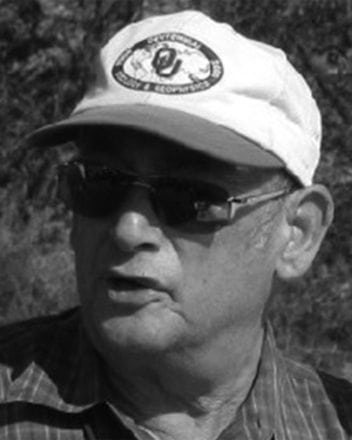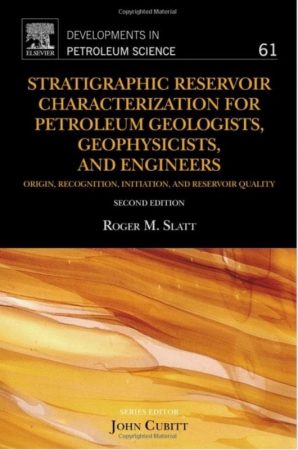
Welcome to the My Science Life feature of Dr. Roger M. Slatt, Gungoll Chair Professor of Petroleum Geology and Geophysics and Director, Institute of Reservoir Characterization, University of Oklahoma.
It’s easier to ask forgiveness than it is to get permission. – Grace Hopper

Dr. Roger M. Slatt
What is your job like on a daily basis?
A typical day might be lecturing for 3 hours, preparing lectures, guiding graduate students (I have graduated 101 since being at OU), reading theses and papers, addressing email requests.
Tell us about your research
My research is centered around the geology of unconventional resource shales for petroleum exploration and production. I have a consortium of oil and gas companies that fund students and research activities. We are focused on a local resource shale, the Woodford Shale, and now extending into the Sycamore Limestone which is related to the Woodford. We have completed 28 theses on the Woodford and attracted 29 companies to sponsoring the consortium. We focus mainly on stratigraphy but have now branched into geomechanics, geochemistry (organic and inorganic), and mineralogy.

Stratigraphic Reservoir Characterization for Petroleum Geologists, Geophysicists, and Engineers
What are some of the biggest challenges in your field?
The field of shale geology is relatively new When the oil/gas boom moved to unconventional shales, there was a big rush to understand them, and why/how they produce oil and gas. This was in about 1995. Since then, there have been quantum and incremental advancements in shale geology. My interest goes back to the early 1990’s at which time I co-authored a book on the subject. Prior to my involvement in shales, I studied submarine fan deposits and co-authored another book, and reservoir characterization (and wrote another book). I have published and/or presented well over 100 papers in refereed journals and conference proceedings. I have also taught my courses externally for numerous companies and organizations globally. In addition to my years in academia, I spent 11 years in the petroleum industry.
What advice do you have to those pursuing a career in your field?
The oil and gas specialty, whether in academics or industry offers a bumpy road of ups and downs and is very cyclic. Never-the-less, you can have a very rewarding career which includes good salary, travel, and scientific challenge. I highly recommend it and would not trade my career for anyone’s. I have benefited both scientifically and intellectually by splitting my career into academia and industry.
The ‘My Science Life’ project is a core part of Science Trends’ mission to give a voice to scientists and allow them to connect with tens of thousands of people. It is an opportunity for people, like yourself, to share their “story” and in doing so, make science more approachable and personal.
Interested in being part of the My Science Life project? You can find the details about submission here.









